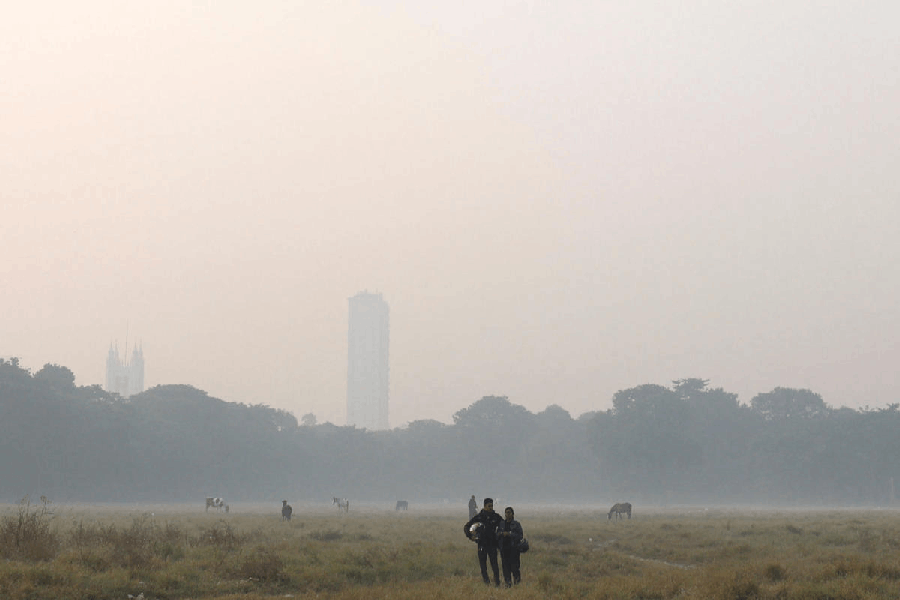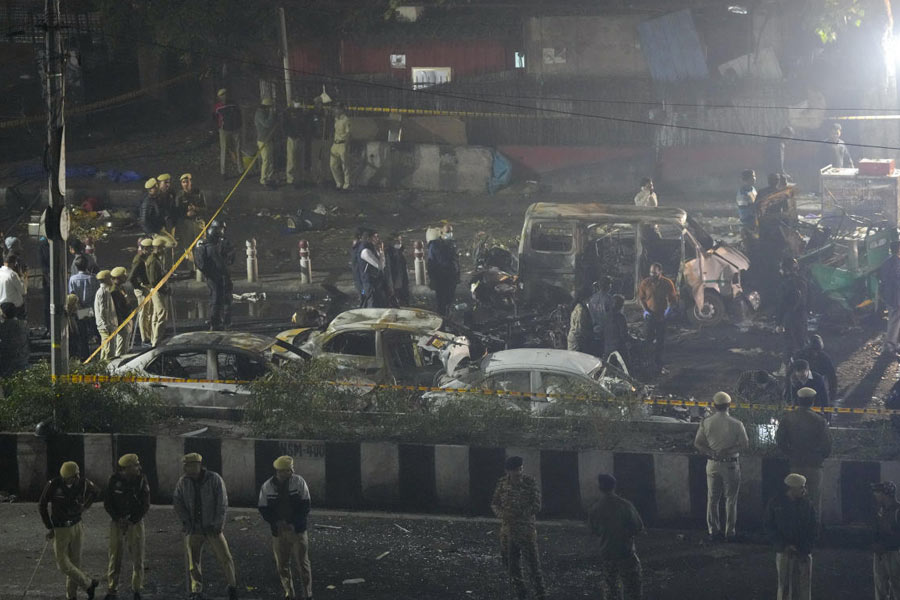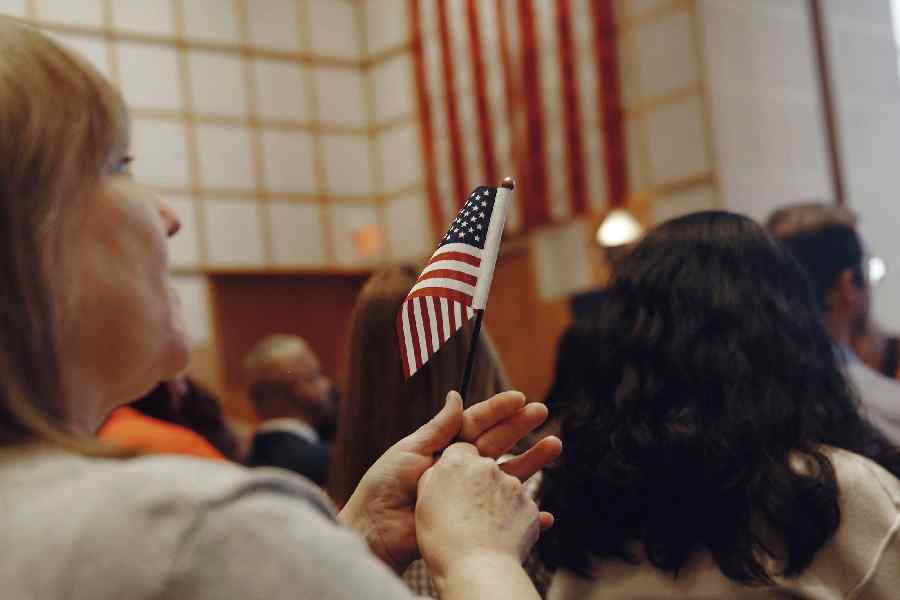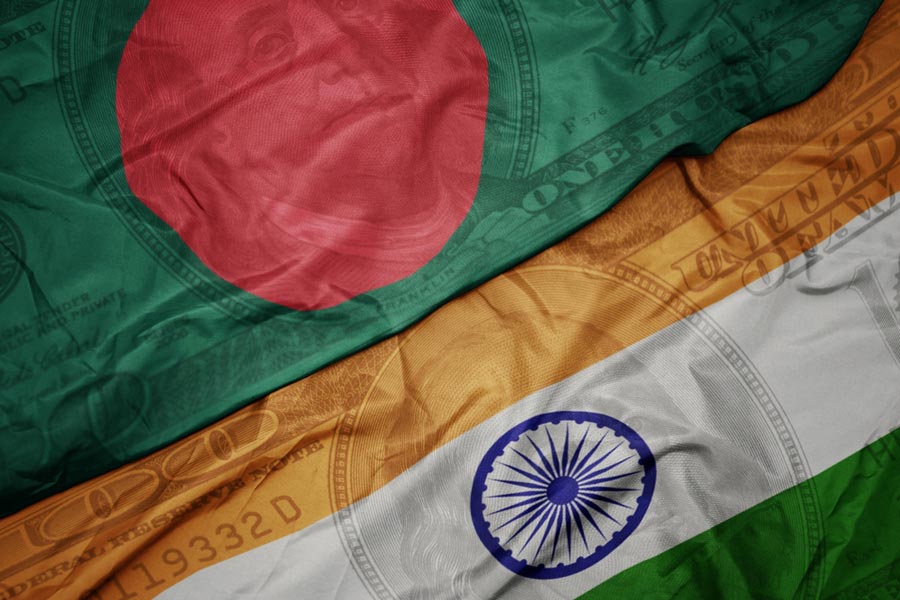 |
| The statue of Tilka Manjhi in Bhagalpur. Picture by Amit Kumar |
Bhagalpur, Feb. 10: Preparations are on to observe the 261st birth anniversary of the legendary Tilka Manjhi tomorrow but people hardly know that his actual name was Jaora Paharia.
The Robinhood-like figure, who robbed the East India Company’s treasury to share the spoils with the poor, is projected as the first freedom fighter of united Bihar.
So many things have been named after the hero of the famous Paharia revolt at Rajmahal (1766-1780), a magnificent black concrete statue with bow and arrows in hand at Tilka Manjhi Chowk and the Bhagalpur University was renamed.
History does not have evidence on Tilka, but the myth of Jaora intrigues historians.
Historical evidence claims that Jaora was actually made the commander-in-chief of the 1,300-strong Hill Archers’ Core (HAC) comprising Paharias of Rajmahal hills armed with bows and arrows. The band was meant to subjugate the Rajmahal hills. For unknown reasons, Jaora fell from grace and was denounced as a rebel and a bandit.
Some historians have sought to explain that the East India Company was forced to issue a copper coin on Jaora around 1894, almost a hundred years after his death, in a bid to win over the Paharias after failing to control them.
In November 1779, former Bhagalpur district collector Augustus Cleveland recommended to Warren Hastings that the Paharias be allowed to promote their traditional customs and social systems. He also wanted Hastings to provide financial assistance to the Paharias. The same reason prompted Eyne Cool, the then in-charge of damin-i-koh (a partisan word referring to the skirt of hills in Rajmahal) in 1782 to constitute HAC.
Raman Sinha, a reader in the department of history at SM College, a constituent college under Tilka Manjhi Bhagalpur University, claims that Jaora took on the name of Tilka Manjhi after he turned against the company. Sinha added that “Tilka” means a person with red eyes and “Manjhi” refers to the village head or the head of the troops in the traditional society of the Paharias. He claimed that the Paharias transformed the name Jaora to Tilka just to build a positive image in the society.
Noted Bengali writer Mahasweta Devi, in her famous book Shaal Girah Ki Pukar Par, sketched Tilka’s character as the first freedom fighter in united Bihar. According to her, Tilka was born on February 11, 1750 in Tilakpur hamlet under Sultanganj police station at Bhagalpur.
Many people here, who love to know historical facts, have demanded that the history department of Tilka Manjhi Bhagalpur University should conduct detailed research work to establish the truth behind the enigma of Tilka Manjhi.











